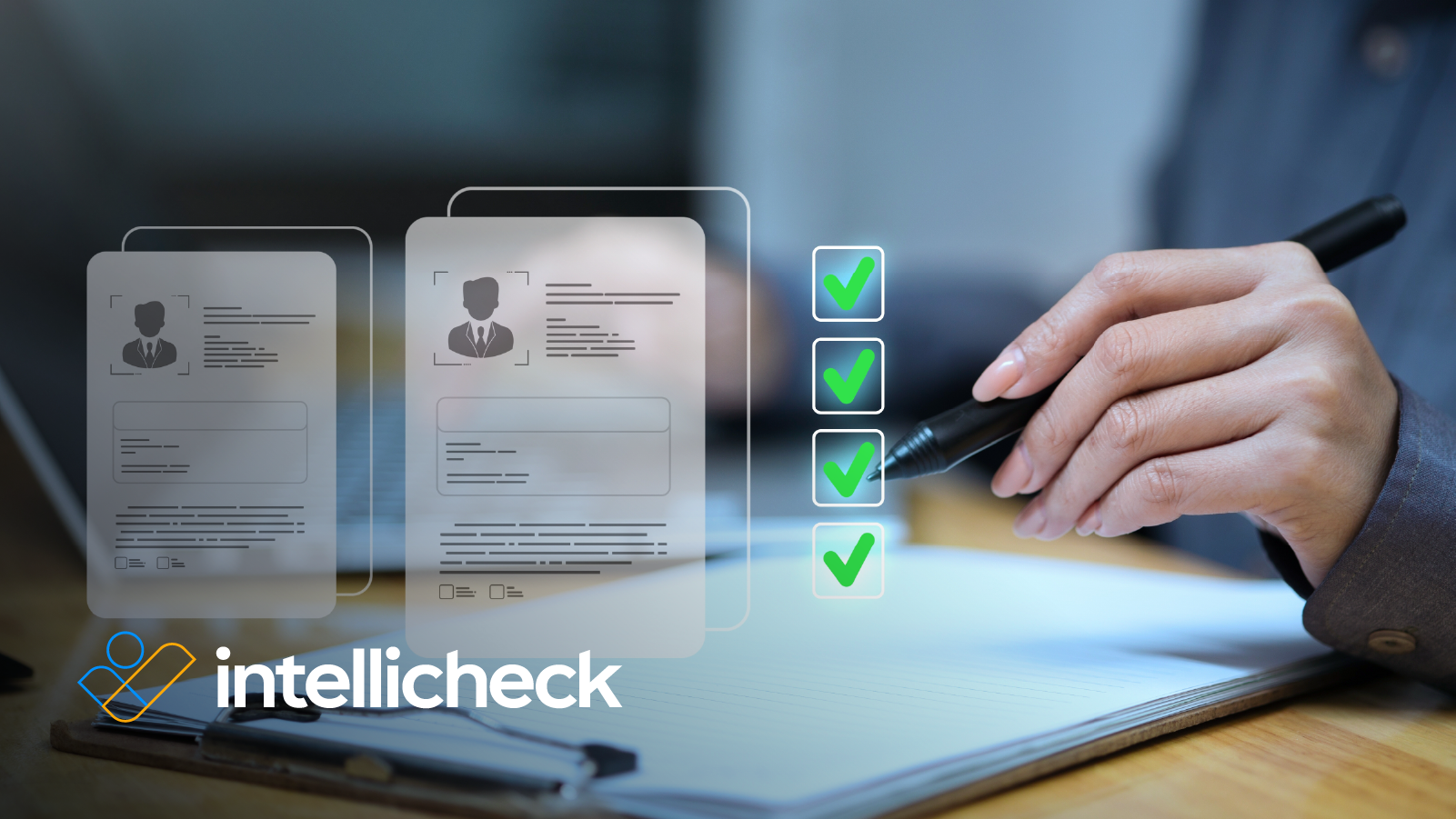Traditional identity fraud–fraud involving the theft and subsequent misuse of personal identity information–accounted for roughly $13 billion in losses last year alone. Not only has fraud not slowed down it appears to be ramping up.
Gone are the days in which static information or even dynamic information alone can be used to safeguard customers’ accounts and funds. The reality is, identity fraud continues to be more and more difficult to detect.
1. Fraudsters Continue to Evolve
Technological advances in recent years have helped strengthen defenses against fraudsters. However, fraudsters have also quickened their pace in adopting new tech, leveraging ever more advanced techniques to improve their chances of ‘success.’
Cybercriminals are now taking advantage of increasingly complex attack vectors both on and offline. From recruiting more imperceptible money mules to iterating and testing new exploitative systems and hacks, fraudsters are every bit as enterprising in their attacks as organizations are in implementing their defense strategies.
Hoping fraud attempts will fall off in the face of the pandemic is also a bad bet as they have already jumped at new opportunities to broaden the scope of their attacks.
2. Sophisticated Schemes are Becoming More Common
Fraudsters stealing users’ credit card information is one of many threats at this point. They have turned their attention to far more sophisticated approaches, going so far as to leverage AI advancements to their own gain.
Attackers are utilizing insidious new synthetic identity scams–where both real and fictitious information are combined to form an entirely new identity with which they can open accounts and even apply for government benefits.
Some criminals are also taking up the practice of performing replay attacks on unsuspecting victims, delaying and intercepting their communications as a sort of man-in-the-middle to obtain valuable information and mislead involved parties. These types of attacks are very difficult to detect and potentially devastating to those affected.
There is a Network
Fraud is far from a solo activity. Attackers band together to perform broader scams and exchange plundered information. All of this takes place in the shadowy, unlisted recesses of the internet known as the dark web.
Illegal marketplaces are available for fraudsters to sell or purchase stolen information and they net billions each year in doing so. Some sources have found cybercriminals as a collective to be pulling in more than $1 trillion every year from their malicious exploits.
Unfortunately, there seems to be no shortage of breached data for criminals to plunder and profit off of. There have been enough data breaches since 2010 to jeopardize more than 38 billion records. In the wrong hands, this information is easily put to malicious use.
3. There Are Numerous Methods
Fraud itself comes in many forms. It helps to break it all down into more readily understood and assessed categories like the following:
- Easy fraud- This is the kind of fraud that stands out like a sore thumb. Obvious formatting errors and extraneous details on falsified documents make detecting fraud of this variety fairly easy.
- Medium fraud- Fraud schemes placed into this category are a little harder to pick up on. Minor details tend to be amiss and an untrained eye would struggle to notice differences between forgeries of this caliber and the real thing.
- Hard fraud- Here, fraudsters pull out all the stops and put up their very best work. From exceedingly detailed document duplication techniques to functional security features and more, forgeries in this category are nearly impossible to pick out from the pack without specialized tools.
One of the biggest threats that fraudsters pose is their growing ability to harness the above attack tactics to get their way. Where some might try scaling up an otherwise easy fraud attempt to reach as many potential targets as possible, others use the most sophisticated approach they can to single out high-profile users for their attacks. Stopping all of them in their tracks is no small feat for forward-thinking organizations, but it is still possible with the right help.
Close the Gap
You have to start at the beginning–verifying that each of your customers is exactly who they claim to be–to close the security gap within your organization. Intellicheck can help you to take back control of your company’s security with extremely robust, accurate ID verification you can count on.
Our system goes above and beyond simple ID scanning to prove users are who they say they are. User selfies are checked to ensure they match their own documents as well as to ensure they are legitimate in the first place. Liveness is a key assessment factor that other solutions may not account for. Intellicheck also parses encoded text and other document security features to find the details no fraudster can fake.
Using Intellicheck’s platform, you can secure any existing process against fraudulent identities with ease. Whether you need a branded, API-based integration or a browser-based, turn-key solution you can implement immediately, Intellicheck is ideal.


%20copy.webp)






